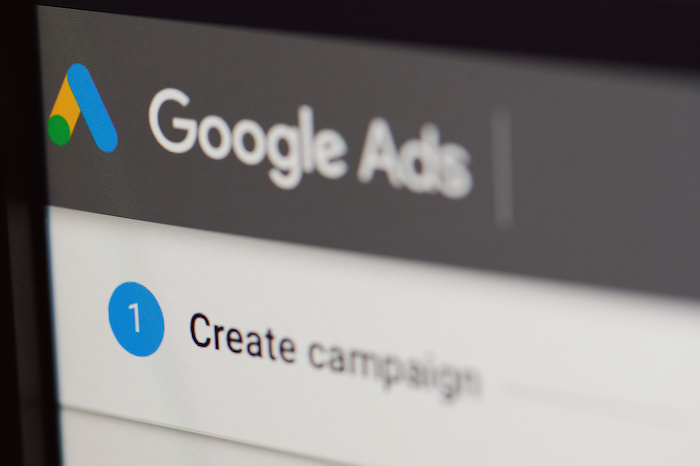Your cart is currently empty!

An Introduction to Google Ads for Traditional Marketers
97% of Americans use Google to find information about goods and services. Only 13% use phone books. Simple arithmetic tells us that most of these die-hard Yellow Pages devotees are also using Google. Google Ads are obviously an important marketing tool. But as with many things that are no longer new but also not completely familiar to everyone, it can be hard to find truly basic information about Google Ads. Here is our introduction to Google Ads for traditional marketers.
What are Google Ads?
When people go to Google.com and type in something they’re looking for, that’s search. It’s important for your professional website to show up in the search engine results page (the SERPs) when someone looks for the goods and services you have to offer. That’s organic search.
But there’s another way to show up on the SERPs: through paid search, or Google Ads.
Sometimes people ask us whether they can pay to get good ranking on the SERPs. Google Ads are the way to do this, because they show up at the top and bottom of the page, around the organic search results.
For example, the screenshot below shows the search engine results page for SEO services in our town. We’re at the top of the local business results, but there is someone above us — a paid search ad.

It’s clearly labeled “ad” and it is a Google Ad.
Google Ads only show up for people who are looking for what the ad offers. This makes it completely different from traditional advertising, which shows up in a newspaper or magazine or on a billboard or TV program, no matter who happens to be looking at the medium in question.
Pay per click
Google Ads are also known as pay per click ads, or PPC. This is because advertisers don’t pay according to the number of ads shown. You only pay when someone actually clicks on the ad and goes through to your website.
You could put up a billboard saying that your emergency care clinic has a 3 minute waiting time and hope that someone in need of emergency care happens to see it as they drive past. Or perhaps they will remember your clinic when they need it if they have driven past your billboard multiple times.
However, you will pay no matter what the intentions or reactions of your potential clients may be.
Our local newspaper has a circulation of 17,000. They charge for ads on the theory that 17,000 people will see your ad. The same price got us 1,700 views on Facebook. It might only get us 50 clicks on Google — but that would be actual visits to our website by people who were looking for what we have to offer. Did 50 of the 17,000 subscribers to the newspaper actually follow through when they saw the newspaper ad? Probably not, but we will never know.
There is no way to track intentions or responses in traditional media.
Success with Google Ads
That’s how Google Ads work: they are shown to people who want to see the information they offer, and advertisers only pay when someone takes action on them.
Nonetheless, we often talk with people who spend a lot of money on Google Ads with very little result. It’s essential that your ads make it very clear what you have to offer. It’s also essential that the page they take visitors to makes it easy to get what you’re offering.
If you provide infertility counseling, your ad has to make it clear that you offer infertility counseling. The page your ad links to has to have enough information for visitors to decide that they want that counseling from you, and it should have a clear and easy way to make an appointment.
You might be amazed to discover how rarely ads meet those criteria.
If you have strong connections among the ads, your chosen keywords, and the landing page the ads link to, you will pay less per click than a company that doesn’t offer that kind of relevance. You’ll get better rankings, too.
by
Tags:

Leave a Reply